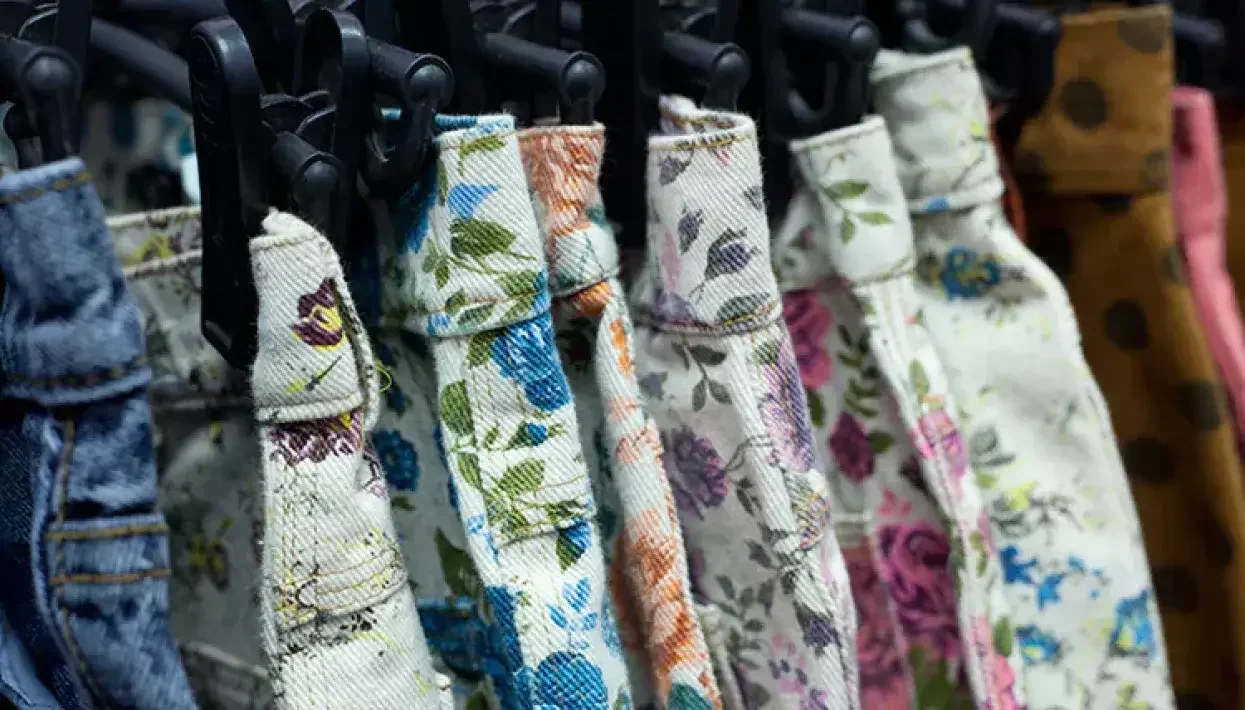Textile Printing
Digital fashion and textiles: the next challenges
Author
FESPA Staff
Published Date
21/10/2022
Become a FESPA Member
to Continue Reading
